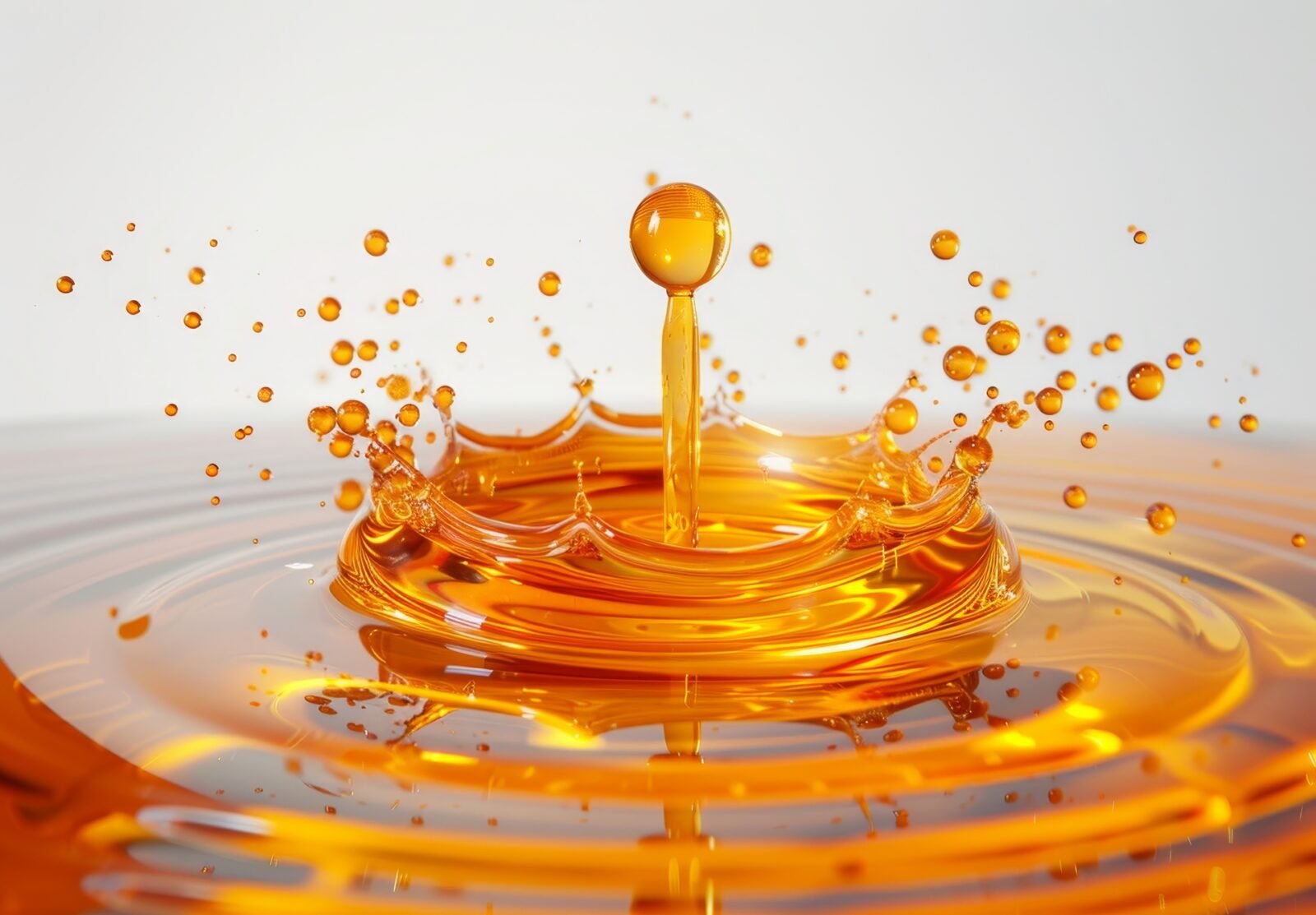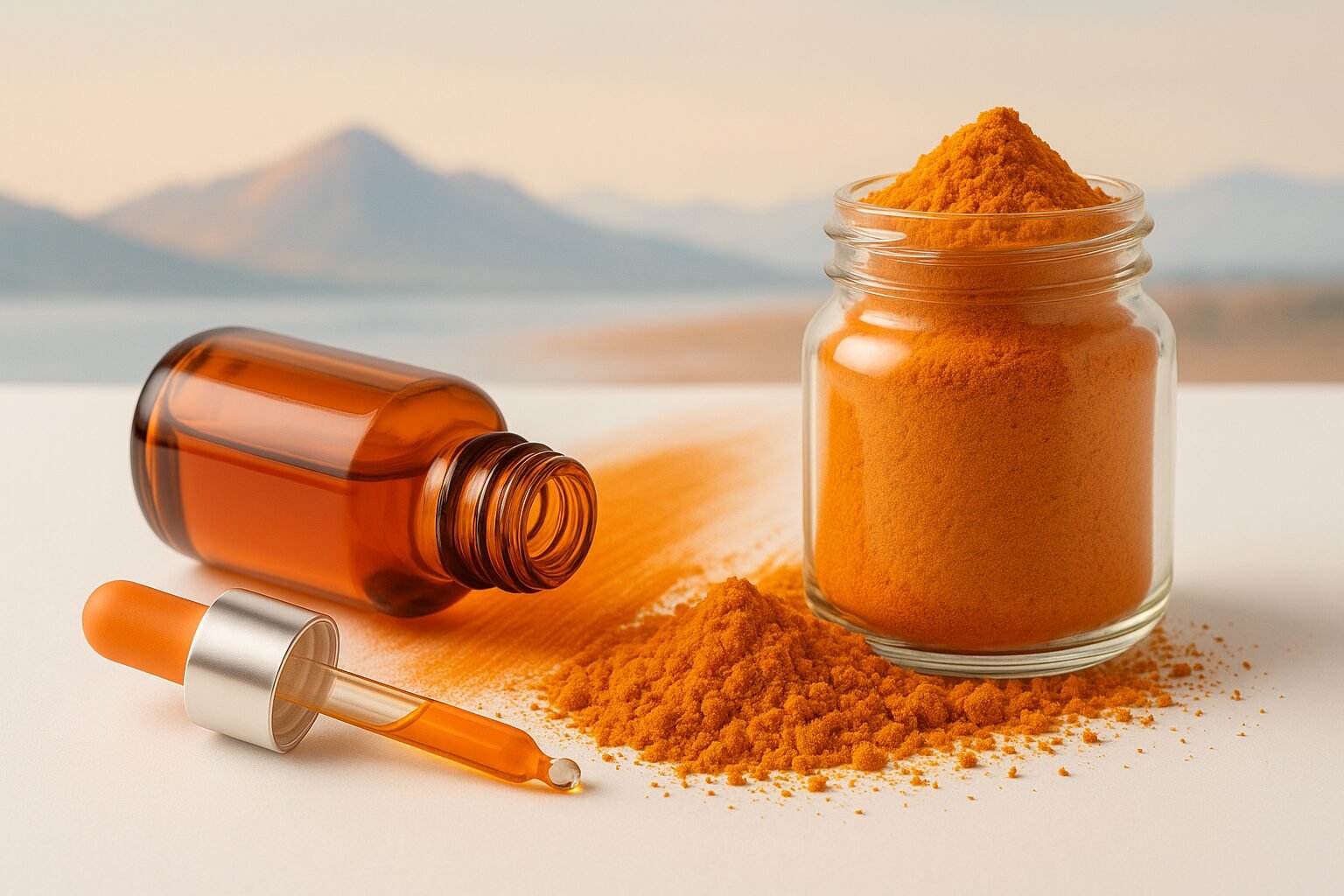Cosmetic innovation is increasingly defined by longevity — not just surface-level anti-aging but deep cellular repair. Consequently, chemists are turning to biotech-driven actives that target mitochondria, DNA stability, and cellular communication. Therefore, the new wave of products goes beyond wrinkle reduction and instead addresses the root of skin aging.
Why Longevity Matters in Cosmetics
Longevity science has expanded far beyond the medical field. In cosmetics, the focus is now on extending the functional vitality of skin cells. Moreover, ingredients that support repair pathways, boost energy metabolism, and defend against environmental stressors are being formulated into serums, creams, and nutricosmetics. For chemists, this represents a shift from traditional “anti-aging” to a broader philosophy: cellular beauty. As a result, the demand for longevity-driven actives is stronger than ever.
Key Cellular Repair Pathways for Formulations
- DNA Repair & Nucleotide Support – PDRN (polydeoxyribonucleotide) and plant-based DNA fragments help stimulate fibroblast growth and collagen synthesis. Consequently, they are powerful inclusions in anti-aging formulations (PubMed).
- Mitochondrial Energy – NAD⁺ precursors like nicotinamide riboside support ATP production and cellular metabolism. In addition, these actives enhance skin vitality (Nature).
- Exosomal Communication – Plant- and tea-derived exosomes act as natural vesicles to transfer growth factors and miRNA signals. As a result, dermal communication and repair improve significantly (Journal of Investigative Dermatology).
- Telomere Protection – Botanicals such as astragalus extracts (TA-65 analogs) are investigated for telomerase activation. However, cosmetic claims must remain carefully phrased (PubMed).
- Epigenetic Regulation – Bioactives like resveratrol and fisetin modulate sirtuins and cellular longevity genes. Therefore, they hold strong potential for advanced formulations (PMC).
Breakthrough Longevity Ingredients
Exosomes
Exosomes have become the flagship actives of cellular cosmetics. Derived from plants like black tea or rose, they carry signaling molecules that boost dermal regeneration. Moreover, studies show enhanced collagen deposition and reduced oxidative damage (PubMed).
Vegan PDRN
Traditionally extracted from salmon DNA, PDRN is now available in vegan biotechnology formats. These fragments promote tissue repair by stimulating adenosine A2A receptors and fibroblast activity. In addition, vegan PDRN avoids ethical concerns and expands market access (Journal of Cosmetic Dermatology).
NAD⁺ Boosters
Declining NAD⁺ is a hallmark of cellular aging. Consequently, incorporating stabilized niacinamide or nicotinamide riboside into formulations provides mitochondrial energy support and enhances skin vitality (PubMed).
Phyto-Telomerase Actives
Astragalus membranaceus extracts, alongside peptides, are studied for telomere length protection. However, while cosmetic claims must remain careful, in vitro results support improved cellular resilience (PubMed).
Formulation Strategies for Chemists
Developing longevity-focused skincare requires balancing innovation with stability. Therefore, it is crucial to adopt the following strategies:
- Use encapsulation systems (liposomes, nanocapsules) to protect fragile DNA fragments and exosomes. Moreover, encapsulation improves delivery efficiency (International Journal of Pharmaceutics).
- Combine with antioxidant networks (vitamin C, astaxanthin, phycocyanin) to reduce oxidative burden. As a result, formulations become more resilient to stress.
- Explore nutricosmetic synergies – oral NAD⁺ boosters paired with topical exosomes can create holistic cellular beauty systems. Therefore, chemists can address skin from multiple angles.
- Maintain compliance with global regulations, especially around biotech-origin claims. Consequently, brands avoid risk while staying innovative.
Scientific Evidence
Recent in vitro and clinical studies highlight measurable outcomes from longevity actives. In fact, multiple data points reinforce their promise:
- PDRN: Demonstrated fibroblast proliferation increase of up to 40% compared to control (PubMed). Therefore, its regenerative capacity is well documented.
- Exosomes: Black tea exosomes reduced ROS by 35% and increased collagen synthesis markers (In vitro, 2024). As a result, their protective role is clear.
- NAD⁺ boosters: Topical niacinamide showed significant improvements in skin elasticity and reduced sallowness in double-blind trials (PubMed). Moreover, results were consistent across age groups.
Explore Natural Alternatives in Your Formulations
Grand Ingredients offers biotech-driven actives that align with the cellular beauty trend. Discover our portfolio in the Active Product section and request a sample to evaluate in your own lab formulations.
Conclusion
Longevity is no longer a buzzword — it’s a formulation philosophy. By targeting DNA repair, exosomal communication, and mitochondrial vitality, chemists can create the next generation of cosmetics that support skin health from within. Moreover, 2025 will see cellular beauty evolve from niche to mainstream, powered by biotech actives and evidence-based innovation.
FAQ: What are longevity ingredients in cosmetics?
Longevity ingredients are actives such as exosomes, PDRN, NAD⁺ boosters, and telomerase-supporting botanicals that target cellular repair and resilience. They support DNA stability, mitochondrial energy, and communication between cells, helping skin maintain vitality for longer.







